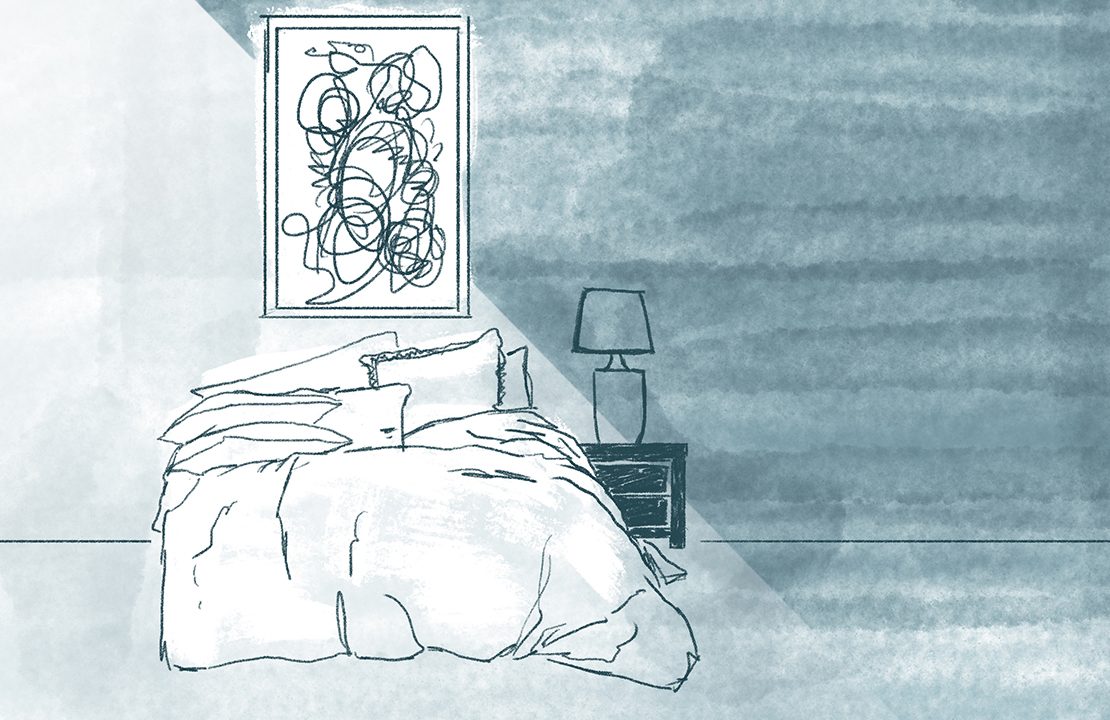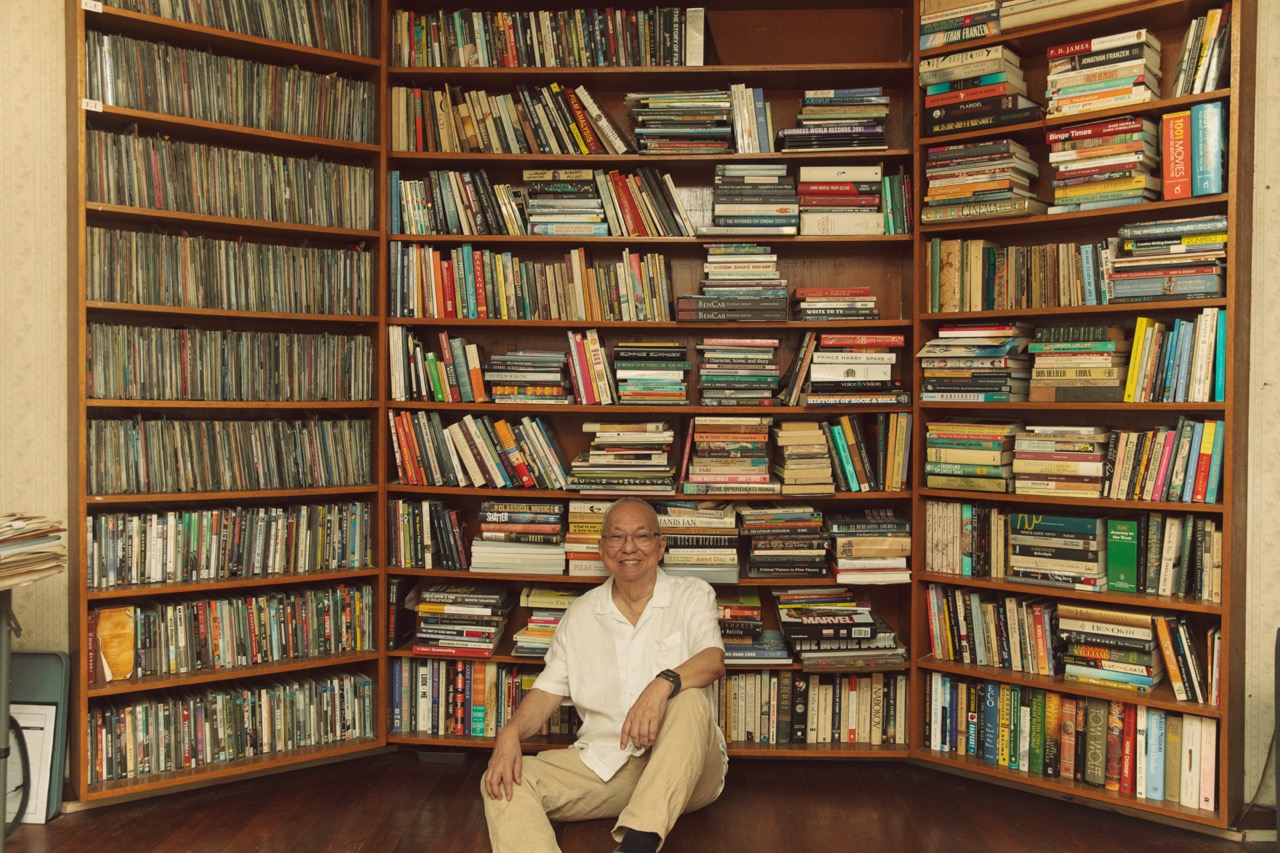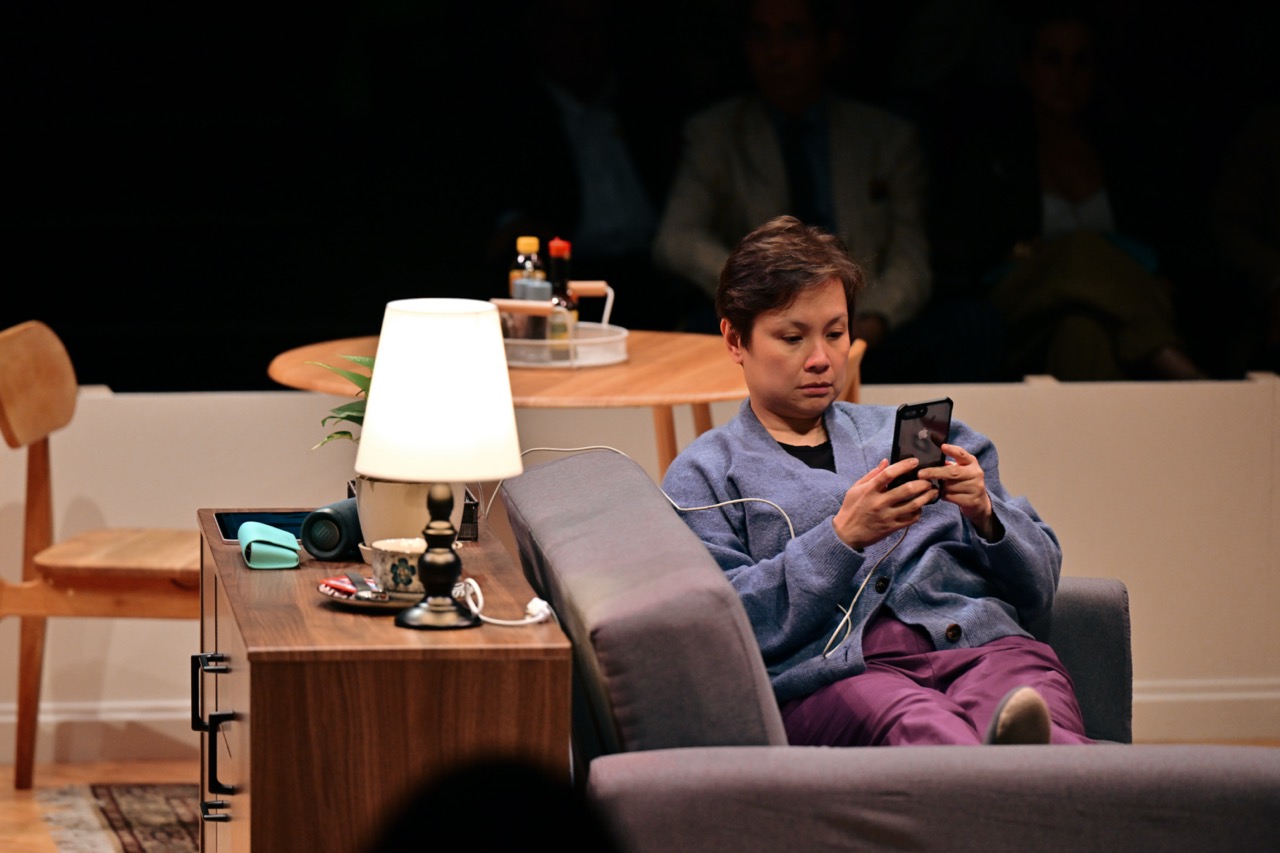Architectural and design psychology suggest several factors to consider in creating healthy spaces. Using the right color and lighting in your room can help
The environment is linked to human life, its shifts and changes dictating living patterns and behaviors, mood and psyche included. Seasonal Affective Disorder (SAD), for example, is brought about by the changes in seasons. Sometimes called winter blues or summertime sadness, SAD may well be considered a seasonal depression.
The conditions that improve or worsen mood can be found in natural as well as man-made environments such as buildings. A report by the World Green Building Council (GBC) quotes Winston Churchill: “We shape our buildings, and afterwards our buildings shape us.”
It sounds obvious enough, but taking the occupants’ physical and mental health into consideration in building design has been only recently regaining significance. Early modernists once emphasized the importance of light and air in architecture, but after a period of divergence, the focus is being brought back to health and wellness.
Architectural and design psychology suggest several factors to consider in creating healthy spaces.
Color
Color psychology suggests that spaces painted in a shade of blue or green are more calming, making it ideal for hospitals. These colors also improve creative idea generation, useful for offices. Red, on the other hand, is discouraged for medical institutions as it may rouse feelings of anger, but is more common for restaurants as it also serves as an appetite stimulant.
Light and views
Several studies note the preference for and benefits of having window views, especially in hospitals and offices. Aside from allowing entry for natural light, views outside, particularly of nature, help ease feelings of stress. The World GBC notes: “Longer distance views, away from computer screens or written documents, allow the eyes to adjust and re-focus, which reduces fatigue, headaches, and the effects of eye strain in the long term.”
Privacy and common spaces
Office design trends have recently been leaning towards open-plan spaces. The intention is to encourage informal social interactions, which ideally would lead to better communication among employees. Some studies note that a strong sense of social support helps promote better mental health, but despite the importance of these open spaces, a strong need for privacy still remains. True privacy is, after all, not just about what you can keep out of prying eyes, but the degrees of how much you want to know about others and how much you want them to know about you.
This story was originally published in Northern Living, March 2016.














































